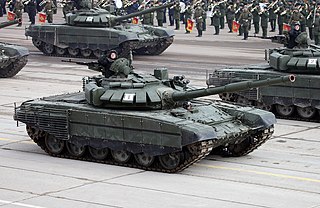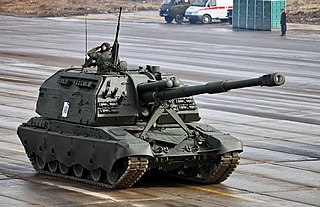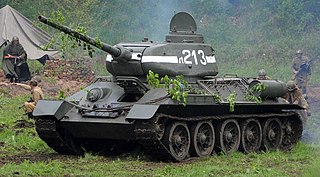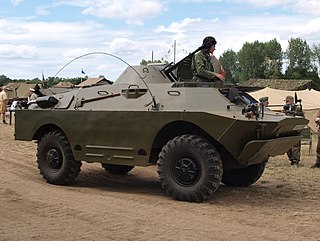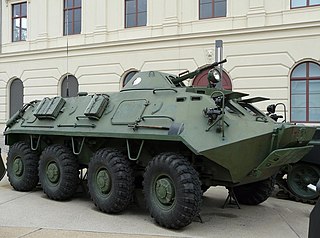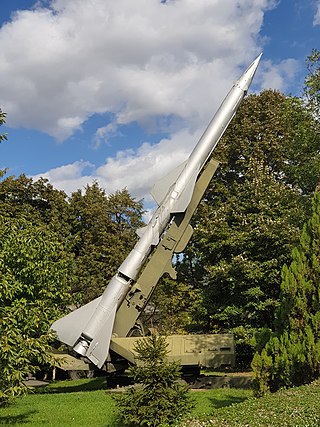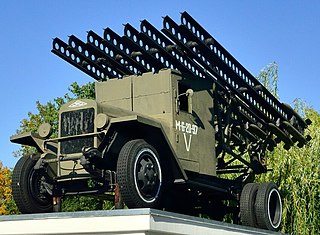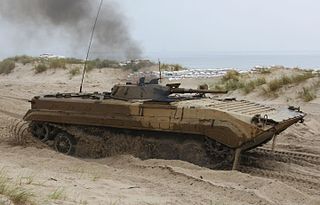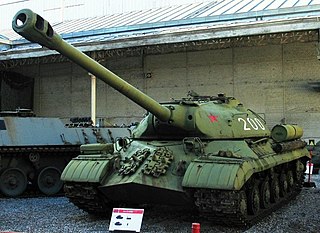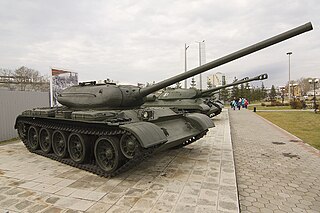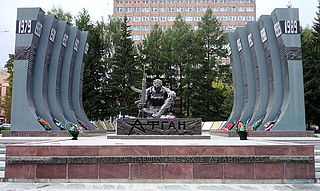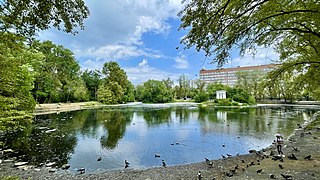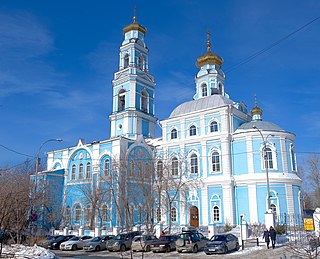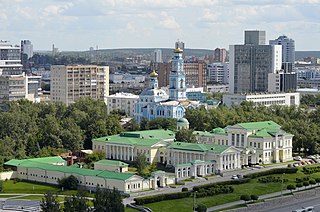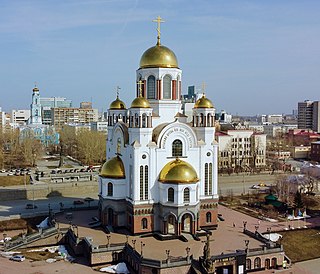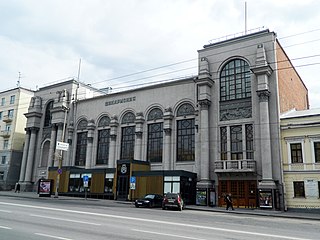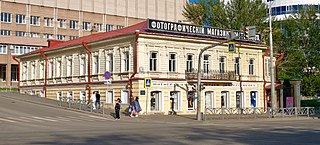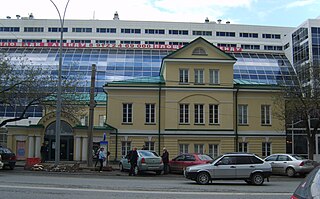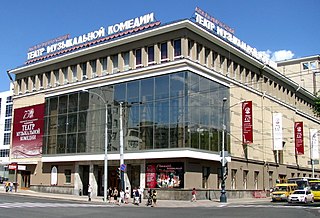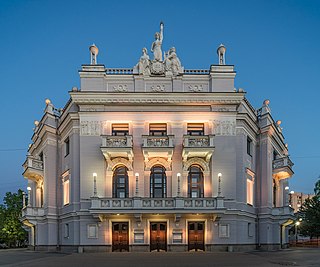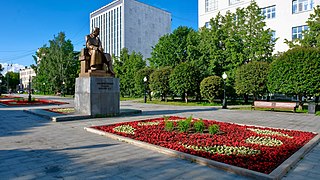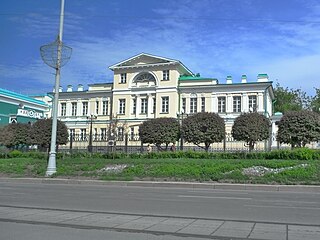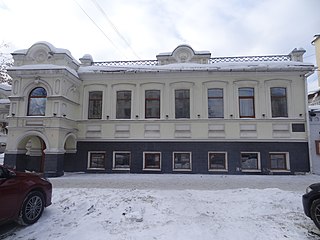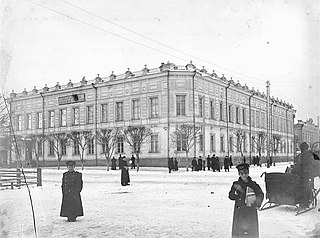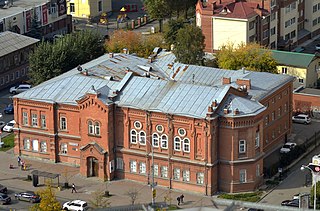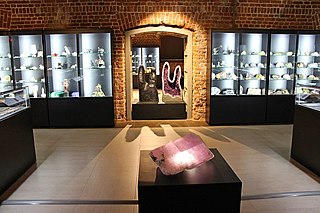Self-guided Sightseeing Tour #2 in Yekaterinburg, Russia
Legend
Tour Facts
6.3 km
121 m
Experience Yekaterinburg in Russia in a whole new way with our free self-guided sightseeing tour. This site not only offers you practical information and insider tips, but also a rich variety of activities and sights you shouldn't miss. Whether you love art and culture, want to explore historical sites or simply want to experience the vibrant atmosphere of a lively city - you'll find everything you need for your personal adventure here.
Individual Sights in YekaterinburgSight 1: Т-72
The T-72 is a family of Soviet main battle tanks that entered production in 1973. The T-72 was a development based on the T-64 using thought and design of the previous Object 167M. About 25,000 T-72 tanks have been built, and refurbishment has enabled many to remain in service for decades. It has been widely exported and has seen service in 40 countries and in numerous conflicts. The Russian T-90 introduced in 1992 and the Chinese Type 99 are further developments of the T-72. Production and development of various modernized T-72 models continues today. Currently holds the record for the most MBT's lost in combat.
Sight 2: 2С19
The 2S19 Msta-S is a 152.4 mm self-propelled howitzer designed and manufactured by Uraltransmash in the Soviet Union and later in Russia, which entered service in 1989 as the successor to the 2S3 Akatsiya. The vehicle has the running gear of the T-80, but is powered by the T-72's diesel engine.
Sight 3: Т-34
The T-34 is a Soviet medium tank from World War II. When introduced, its 76.2 mm (3 in) tank gun was more powerful than many of its contemporaries, and its 60-degree sloped armour provided good protection against anti-tank weapons. The T-34 had a profound effect on the conflict on the Eastern Front, and had a long-lasting impact on tank design. The tank was praised by multiple German generals when encountered during Operation Barbarossa, although its armour and armament were surpassed later in the war. Its main strength was its cost and production time, meaning that German panzer forces would often fight against Soviet tank forces several times their own size. The T-34 was also a critical part of the mechanized divisions that formed the backbone of the deep battle strategy.
Sight 4: БРДМ-2
The BRDM-2 is an amphibious armoured scout car designed and developed in the Soviet Union. It was also known under the designations BTR-40PB, BTR-40P-2 and GAZ 41-08. This vehicle, like many other Soviet designs, has been exported extensively and is in use in at least 38 countries. It was intended to replace the older BRDM-1, and has improved amphibious capabilities and better armament compared to its predecessor. The BRDM-2 production continues in Poland as of 2022.
Sight 5: БТР-60
The BTR-60 is the first vehicle in a series of Soviet eight-wheeled armoured personnel carriers (APCs). It was developed in the late 1950s as a replacement for the BTR-152 and was seen in public for the first time in 1961. BTR stands for bronetransportyor.
Sight 6: ЗРК С-75м
The S-75 is a Soviet-designed, high-altitude air defence system. It is built around a surface-to-air missile with command guidance. Following its first deployment in 1957 it became one of the most widely deployed air defence systems in history. It scored the first destruction of an enemy aircraft by a surface-to-air missile, with the shooting down of a Taiwanese Martin RB-57D Canberra over China on 7 October 1959 that was hit by a salvo of three V-750 (1D) missiles at an altitude of 20 km (66,000 ft). This success was credited to Chinese fighter aircraft at the time to keep the S-75 program secret.
Sight 7: РСЗО БМ-13 «Катюша»
The Katyusha is a type of rocket artillery first built and fielded by the Soviet Union in World War II. Multiple rocket launchers such as these deliver explosives to a target area more intensively than conventional artillery, but with lower accuracy and requiring a longer time to reload. They are fragile compared to artillery guns, but are cheap, easy to produce, and usable on almost any chassis. The Katyushas of World War II, the first self-propelled artillery mass-produced by the Soviet Union, were usually mounted on ordinary trucks. This mobility gave the Katyusha, and other self-propelled artillery, another advantage: being able to deliver a large blow all at once, and then move before being located and attacked with counter-battery fire.
Sight 8: БМП-1
The BMP-1 is a Soviet amphibious tracked infantry fighting vehicle that has been in service from 1966 to the present. BMP stands for Boyevaya Mashina Pyekhoty 1, meaning "infantry fighting vehicle, 1st serial model". The BMP-1 was the first mass-produced infantry fighting vehicle (IFV) of the Soviet Union. It was called the M-1967, BMP and BMP-76PB by NATO before its correct designation was known.
Sight 9: ИС-3
The IS-3 is a Soviet heavy tank developed in late 1944. Its semi-hemispherical cast turret became the hallmark of post-war Soviet tanks. Its pike nose design would also be mirrored by other tanks of the IS tank family such as the IS-7 and T-10. Produced too late to see combat in World War II, the IS-3 participated in the Berlin Victory Parade of 1945, the Soviet invasion of Hungary, the Six-Day War, Yom Kippur War, and one was used during the early stages of the Russo-Ukrainian War.
Sight 10: Т-54
The T-54 is a Soviet medium tank. Adopted by the Soviet Army of the USSR Armed Forces in 1946, it was mass-produced since 1947, constantly being modernized. Since 1958, its modification called the T-55 has been produced, adapted to combat operations in conditions of the use of nuclear weapons. In 1961-1967, it was mainly replaced in production and in the tank forces of the USSR by the T-62 tank, created on its basis, but at OZTM, the production of the T-55 continued until 1979. Also, in a number of countries, the T-54 itself or its modernized or locally adapted versions were produced.
Sight 11: Чёрный тюльпан
The Black Tulip is a memorial to the Ural soldiers-internationalists who died in Afghanistan, and the soldiers who died in Chechnya. It is located on the Soviet Army Square in the square of Lunacharskogo - Pervomayskaya - Mamin-Sibiryaka - Shartashskaya streets.
Sight 12: Харитоновский сад
Kharitonov Garden is an English park in Yekaterinburg, adjacent to the Rastorguev-Kharitonov estate. It was founded in 1826 and named after its founder P. Y. Kharitonov. The park has an artificial lake with two artificial islands and a round rotunda gazebo.
Sight 13: Храм в честь Вознесения Господня
The Church of the Ascension of the Lord is a parish Orthodox church in Yekaterinburg, Russia. After the demolition of the Catherine and Epiphany Cathedrals, it was the oldest surviving temple in the city. He dominates the panorama of the Ascension Hill, named after him. The parish belongs to the Yekaterinburg diocese of the Russian Orthodox Church.
Sight 14: Rastorguyev–Kharitonov Palace
The Rastorguyev–Kharitonov Palace is a palace in Yekaterinburg, Russia. This Neoclassical townhouse was commissioned in 1794 by Lev Rastorguyev, an Old Believer merchant and landowner. The main house was built on the so-called Annunciation Hill in Yekaterinburg. The nearby Annunciation Church was built at the same time.
Sight 15: Church on Blood in Honour of All Saints Resplendent in the Russian Land
The Church on the Blood is an Orthodox church in Yekaterinburg, built on the site of the Ipatiev House, in which the last Russian Emperor Nicholas II, his family and four servants were kept under arrest and shot on the night of July 17, 1918 Built in 2000-2003, it became the main tourist attraction of Yekaterinburg, as well as the main center of memory of St. Nicholas II and his family. attracting Orthodox pilgrims not only from Russia, but also from all over the world
Sight 16: Памятник А. С. Пушкину
A. S. Pushkin never visited Yekaterinburg, but his memory is kept here as well. In 1899, in connection with the centenary of the poet, Pushkinskaya Street appeared in the city.
Sight 17: Sverdlovsk State Academic Philharmonic Hall
The Sverdlovsk State Philharmonic is a state (regional) cultural institution in Yekaterinburg. Since 1998, it has received the status of academic.
Sight 18: Дом Метенкова
The Metenkov House Museum of Photography is a museum of photography located in Yekaterinburg in the house of the photo chronicler Veniamin Leontievich Metenkov, is a historical monument of regional significance.
Sight 19: Ekaterinburg History Museum
The Museum of the History of Yekaterinburg is located in several old buildings in the historical center of the city at 26 Karl Liebknecht Street. In the building in which in 1905 there was an illegal school of party propagandists, organized by Sverdlov Yakov Mikhailovich.
Sight 20: Театр музыкальной комедии
The Sverdlovsk State Academic Theater of Music Comesia - the Musical Theater in Yekaterinburg, was founded in 1933, since 1986 - academic. One of the leading theaters of Russia, the multiple holder of the National Theater Prize "Golden Mask".
Wikipedia: Свердловский государственный академический театр музыкальной комедии (RU), Website
Sight 21: Театр оперы и балета
The Yekaterinburg State Academic Opera and Balet Theater is a stationary opera and ballet theater in Yekaterinburg, founded in 1912. The building was designed by engineer V. N. Semyonov. It was here that on November 8, 1917, at an emergency meeting of the Yekaterinburg Soviet of Workers' and Soldiers' Deputies, the establishment of Soviet power in the city and in the Urals was announced.
Sight 22: A. S. Popov
The monument to Alexander Stepanovich Popov in Yekaterinburg is installed in the city center, in the square named after him.
Sight 23: Museum of Stone-Rain and Jewelry Art
The Museum of the History of Stone-Carving and Jewelry Art in Yekaterinburg is the first museum of this kind in Russia, established in 1992.
Wikipedia: Музей истории камнерезного и ювелирного искусства (RU), Website
Sight 24: Actor's House
Actor's house is an architectural monument, a two -story chamber palace of the late XIX century, built according to the project of architect Julia Dutel. In 1988, the actor’s house became the official residence of the Sverdlovsk branch of the Union of Theater Workers of Russia. At the expense of the theater community in the 1980s. The historical appearance was completely restored, up to a unique ancient parquet, whose drawing is not repeated in any of the rooms, and a large fireplace - a masterpiece of stone -real art. The actor’s house is now a public cultural center, collecting in its walls not only the theater public of the city and the region, but also all lovers of theatrical art. Creative cycles and programs constantly work here. The most noticeable of them are the author’s cycle of Mikhail Muginstein “400 years of opera”, the student club “The School of Theater Critics”, uniting young lovers of the theater, “Open Scene”, which gives artists of different theaters to unite for joint creative work. The most famous project of the actor’s house is the famous family holidays in the best traditions of Russian mansions, philanthropy and charity “Christmas tree in the Dullfish House” - stylized representations in the old style that go in the actor’s house in New Year's days and are created by leading creative forces of the city.
Sight 25: Екатеринбургское реальное училище
The Yekaterinburg (Alekseevsky) Real School was a secondary educational institution in Yekaterinburg in 1873-1919, designed to promote the spread of the so-called real education, which was a type of general secondary education with a practical orientation.
Sight 26: Здание пансиона и церкви Алексеевского реального училища
The building of the boarding school and the church of the Alekseevsky Real School is located in the historical center of Yekaterinburg, is an architectural monument, located at 13 Lenin Avenue.
Wikipedia: Здание пансиона и церкви Алексеевского реального училища (RU)
Sight 27: Музей камня
The Ural Mineralogical Museum of V. A. Pelepenko is a private mineralogical museum located in Yekaterinburg from 2000 to 2015 in the building of the Bolshoi Ural Hotel. In 2017-2018, he was in Pervouralsk at the Innovative Cultural Center ("puck"). Since 2018, the museum's exposition has been located in Yekaterinburg at the Main Prospekt Arts Center at 8 Lenin Avenue.
Wikipedia: Уральский минералогический музей В. А. Пелепенко (RU), Website
Share
How likely are you to recommend us?
Disclaimer Please be aware of your surroundings and do not enter private property. We are not liable for any damages that occur during the tours.
GPX-Download For navigation apps and GPS devices you can download the tour as a GPX file.
